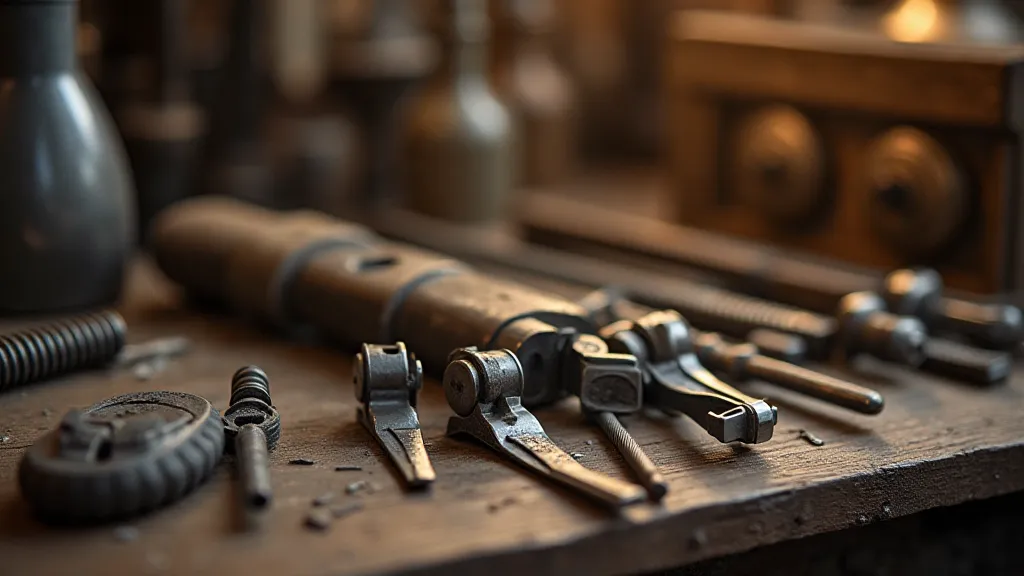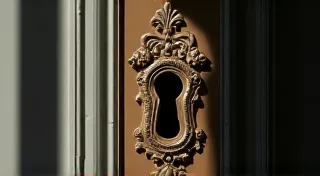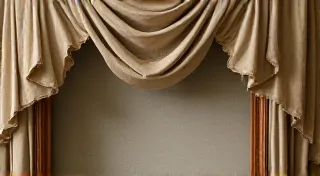The Ghost in the Gears: Troubleshooting Common Clock Repair Mysteries
There's a certain magic that clings to antique clocks. More than just timekeeping devices, they’re echoes of lives lived, testaments to craftsmanship long vanished, and intricate puzzles left for us to ponder. Holding a grandfather clock, a mantel clock, or even a humble schoolhouse clock, you’re holding history. You're touching the dedication of the artisan who poured their skill and passion into its creation, often over a century ago. It’s a responsibility, really, a feeling of stewardship. But that magic can sometimes be obscured by frustrating problems – an erratic tick, a sudden silence, a mournful groan. These aren’t mere malfunctions; they’re whispers from the past, calling for attention and understanding. This article isn’t just about fixing clocks; it's about listening to those whispers and reconnecting with the spirit residing within the gears.
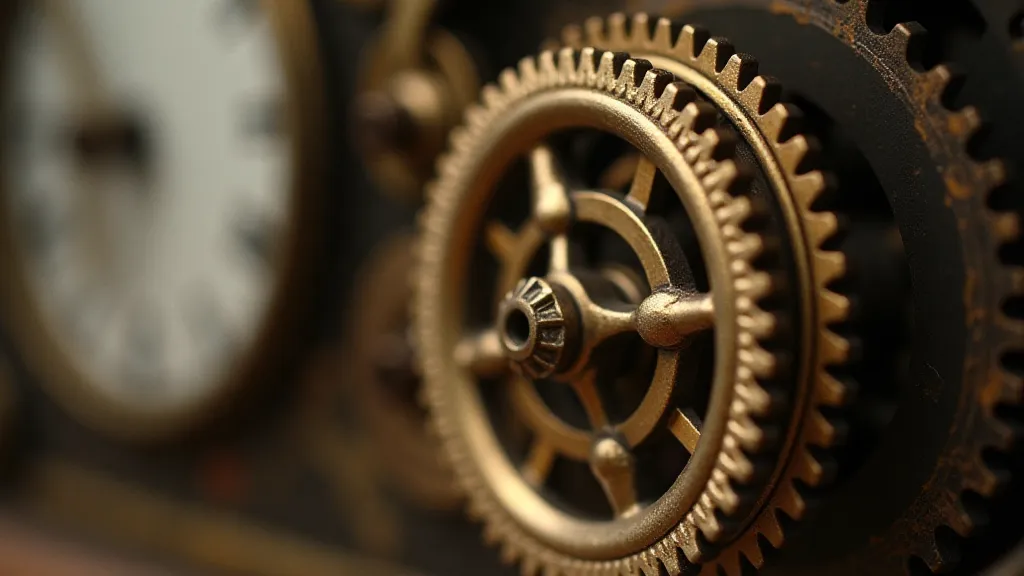
The Erratic Tock: Rhythm Gone Wrong
One of the most unsettling problems is the erratic tick. The steady, reassuring rhythm of a clock is its heartbeat. When that rhythm falters, it's jarring. It suggests a deeper imbalance. This is rarely a simple fix; it requires methodical investigation. Often, it stems from a friction issue. A pin slightly out of place, a speck of dust gumming up the works, or a mainspring struggling to release its energy smoothly—any of these can disrupt the delicate dance of the escapement.
I recall my first serious clock repair project - a small, walnut mantel clock inherited from my grandmother. It ticked…erratically, to say the least. It would speed up, slow down, even stop momentarily. I, full of youthful confidence (and a healthy dose of naivete), dove right in, determined to conquer this mechanical beast. After hours of painstaking cleaning and adjustment, I discovered the culprit: a tiny, almost invisible shard of wood lodged between the escape wheel and the pallet fork. A simple removal, a gentle cleaning, and the clock resumed its steady tick. The relief, the sense of accomplishment, was profound. It wasn’t just about fixing a clock; it was about honoring my grandmother’s memory and restoring a piece of her story.
Diagnosing erratic ticking involves careful observation. Use a stethoscope (yes, a literal stethoscope!) to listen closely to each component – the mainspring, the gear train, the escapement. Feel for any resistance or binding. Don't force anything; gentle persuasion is key. Lubrication is essential, but use a clock-specific oil sparingly. Too much is as bad as too little. Avoid generic lubricants, as they can damage delicate brass and steel components.
Sudden Silence: A Mechanism's Lament
A clock stopping altogether is another common – and often deeply distressing – occurrence. Unlike erratic ticking, a complete halt often points to a more fundamental issue. The most frequent culprit? The mainspring. These tightly coiled powerhouses are responsible for driving the entire mechanism. If the mainspring is broken, weakened, or simply has run down, the clock will cease to function.
Mainspring replacement is a delicate and potentially dangerous task. The stored energy within a mainspring is considerable, and improper handling can result in injury. It's advisable to seek professional assistance if you're not experienced in this area. However, if you’re comfortable with mechanical repairs, take meticulous care – securing the mainspring with a winding key before attempting removal is vital.
Beyond the mainspring, a blockage within the gear train can also cause a clock to stop. A foreign object, a hardened bit of lubricant, or even a slight misalignment can impede the movement of the gears. Again, careful observation and gentle manipulation are crucial. Look for signs of wear or damage to the gear teeth. Replacing worn gears is a more advanced repair, often requiring specialized tools and expertise.
Unusual Sounds: The Clock's Vocalizations
Clocks aren’t silent creatures. They make sounds – the rhythmic tick, the chiming melody, the occasional whir. However, *unusual* sounds are cause for concern. A grinding noise suggests a lack of lubrication or misalignment. A rattling sound could indicate a loose component. A high-pitched whine often signifies friction between two surfaces.
Listening closely to the sounds a clock makes is akin to a doctor listening to a patient’s heartbeat. Each sound tells a story about the clock’s condition. The older a clock is, the more likely it is to have developed quirks and idiosyncrasies. Understanding the “normal” sounds of a particular clock model – if you can determine them – makes it easier to identify and diagnose problems.
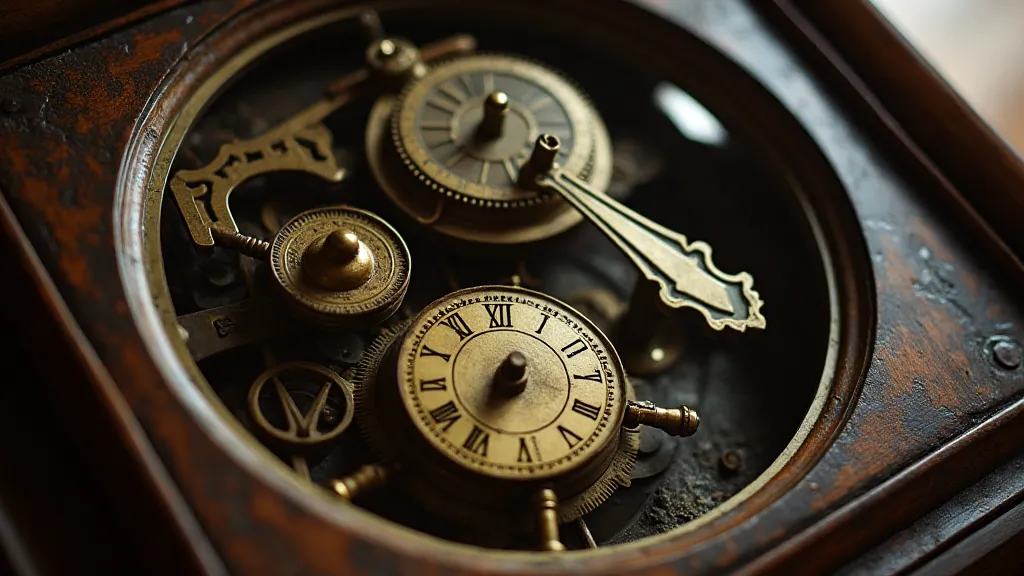
The Importance of Preservation and Respect
Restoring antique clocks is more than just a technical exercise. It’s a responsibility to preserve history and to honor the artistry of the original maker. Each repair should be undertaken with respect for the clock's age and value. Whenever possible, preserve original parts. Replace only what is absolutely necessary, and use materials that are compatible with the original construction.
Collecting antique clocks isn't just about acquiring beautiful objects; it's about connecting with the past and appreciating the skill and dedication of the people who made them. A well-restored clock isn’t just a timekeeping device; it’s a testament to human ingenuity and a tangible link to a bygone era. It’s a window into a different time, a story etched in brass and steel. The "ghost in the gears" isn's a haunting spirit, but the echo of the craftsman’s dedication, and it is our job to keep that echo alive.
Beyond the Basics: Seeking Expertise
While this article provides a basic overview of common clock repair problems, it is by no means a comprehensive guide. Complex repairs often require specialized knowledge and experience. Don't hesitate to seek professional assistance when faced with challenging issues. There are numerous clock repair specialists who can provide expert advice and perform intricate repairs.
Joining a local clock collector’s club or online forum is a valuable way to learn from experienced enthusiasts. Sharing your experiences and asking questions can broaden your knowledge and provide valuable insights.
